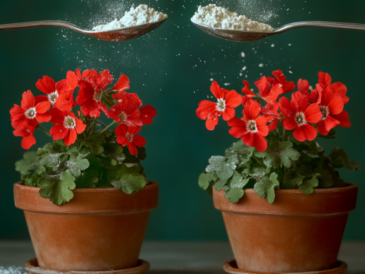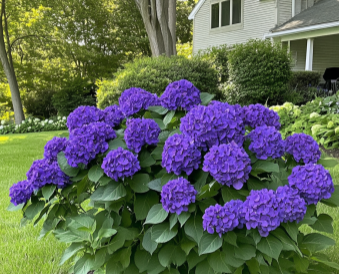Mums, or chrysanthemums, are the ultimate fall flower, bringing bursts of color to gardens just as the warmth of summer fades away. These vibrant blooms, known for their wide array of colors, shapes, and sizes, have become a staple for fall decor in gardens and patios alike. Yet, while many treat mums as temporary guests, discarding them after one season, these flowers are actually perennials. Yes, with just a bit of effort, you can enjoy their beauty year after year. So, how can you turn these fall wonders into garden fixtures that return every autumn? Let’s dive in.
Mums: Perennials or Annuals? Understanding Their True Lifespan
It may surprise you, but mums are actually perennials, meaning they’re capable of coming back year after year if cared for properly. The secret lies in understanding that while fall mums are often grown for a short seasonal display, with a little TLC, they can become a permanent feature of your garden. However, their longevity hinges on the timing of your care and the steps you take during and after their blooming period.
Choosing the Right Mums for Long-Term Success
Not all mums are created equal when it comes to surviving winter. When you’re at the garden center, look for hardy mums, which are bred to endure cooler temperatures. Be wary of florist mums, which are primarily intended for indoor use and are far less likely to make it through the colder months. A healthy plant will have strong, green foliage and no visible signs of disease, giving it a better chance of thriving in your garden.
The Secret to Planting Fall Mums That Last
Getting your mums to survive winter starts with how and when you plant them. The best time to plant mums is in the spring because it gives them ample time to develop a strong root system before the cold hits. If you’ve already fallen in love with fall blooms, don’t worry—you can still plant them in the fall. Just be sure to do it as early as possible, well before the first frost.
Choose a sunny location with well-draining soil. Poor drainage can lead to waterlogged roots, which is a death sentence for mums. And remember, even if you’re planting in fall, the sooner those roots take hold, the better their chances of surviving winter.
How to Water and Fertilize for Bigger, Brighter Mums
Water is life, and that’s especially true for mums. These flowers thrive when their soil stays consistently moist, but not too wet. To avoid root rot, be sure the soil isn’t waterlogged. Applying mulch around the base of the plant can help retain moisture, especially during dry spells.
When it comes to fertilizing, timing is key. Start with a slow-release, balanced fertilizer in early spring and again in mid-summer to promote healthy, lush growth and an abundance of blooms. Avoid fertilizing late in the season as this can encourage new growth that’s vulnerable to frost damage.
PART 2: Prepping Mums for Winter and Beyond – How to Keep Them Coming Back
Excited to keep those mums thriving year after year? Get ready for the second part of our journey where we’ll explore the best ways to protect your mums through the harsh winter and even how to multiply them for a garden that grows in vibrance every year!
Continue reading next Page, Just click page “2” below




